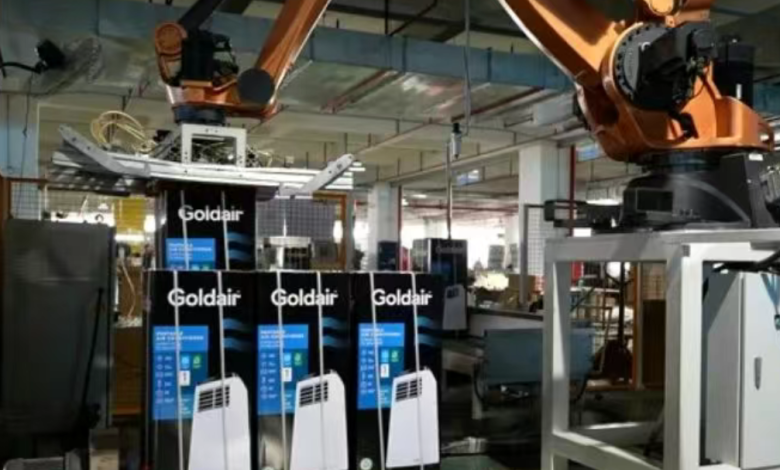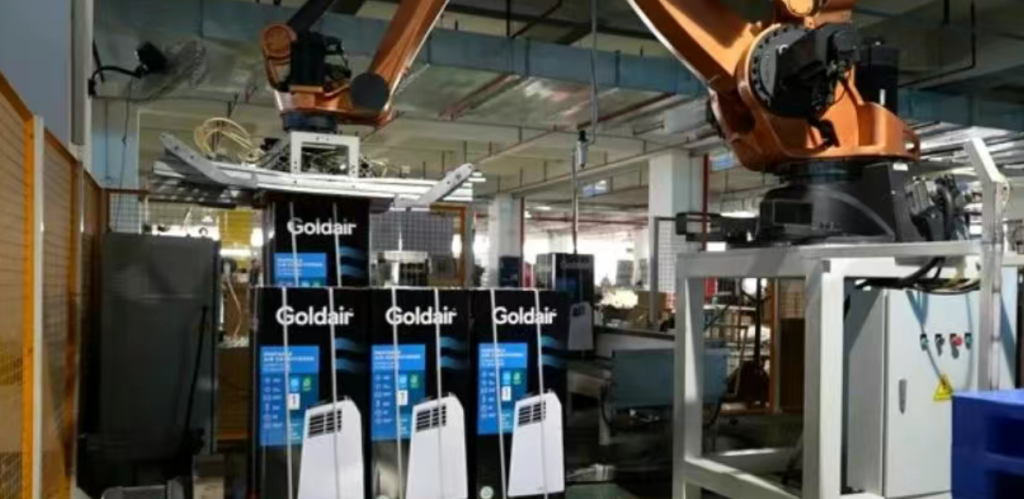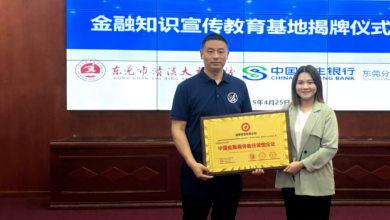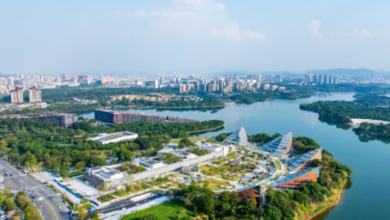How This Dongguan Enterprise Conquered 150 Countries with Portable “Cooling Marvels”


Introduction: The Rise of a Portable Cooling Giant
In the sweltering heat of global trade tensions and rising temperatures, one Dongguan-based company has managed to carve out a refreshing niche. Jinhongsheng Electric Co., Ltd., a leading manufacturer of portable air conditioners, has successfully expanded its reach to 150 countries and regions, defying market challenges with innovation and strategic agility.
As someone who has closely followed the HVAC industry, I’ve seen many companies struggle with supply chain disruptions and shifting consumer demands. Yet, Jinhongsheng stands out—not just for its impressive export numbers but for its three-pronged strategy: exploring emerging markets, advancing R&D, and creating new product applications.
So, how did a local Chinese manufacturer transform into a global leader in portable cooling solutions? Let’s dive into their success story.
1. Three Key Strategies Behind Jinhongsheng’s Global Success
1.1 Tapping into Emerging Markets
While many exporters heavily rely on traditional markets like the U.S. and Europe, Jinhongsheng took a different approach. Sales Director Zeng Shengbo explains:
“We didn’t just stick to the usual markets. Instead, we aggressively expanded into South America, Africa, and Southeast Asia, where demand for affordable, portable cooling solutions was growing rapidly.”
This shift helped them offset risks from trade disputes and reduce dependency on any single market. In my experience, companies that diversify early tend to weather economic storms better—and Jinhongsheng’s 10% year-on-year order growth (as of May 2025) proves this strategy works.
1.2 Innovation as a Competitive Edge
What truly sets Jinhongsheng apart is its relentless focus on R&D. With an annual investment exceeding 30 million RMB, their team tackles industry pain points head-on.
- Noise Reduction: While most manufacturers aim for 60 decibels, Jinhongsheng pushed further, targeting 45-49 decibels—a game-changer for home and office use.
- No-Exhaust-Tube Technology: Their in-house R&D lab, backed by an academician workstation, is pioneering pipe-free portable ACs, eliminating the hassle of traditional models.
Jiang Zhiming, Deputy Director of R&D, notes:
“We don’t just follow trends—we create them. Our tent air conditioners, RV coolers, and truck ACs open entirely new markets.”
1.3 Adapting to Logistics Challenges
Global shipping costs have surged, but Jinhongsheng turned this into an opportunity. By redesigning packaging to maximize container space, they cut logistics expenses while maintaining product quality—a smart move that kept them competitive.
2. How Dongguan’s Policies Fueled This Growth
Behind Jinhongsheng’s success is Dongguan’s pro-business ecosystem. The city’s “30 Measures to Stabilize Foreign Trade” (April 2025) played a crucial role by:
✔ Expanding export credit insurance (target: $5 billion coverage for emerging markets by 2025)
✔ Supporting cross-border e-commerce to help firms like Jinhongsheng reach new customers
✔ Streamlining customs and tax incentives for exporters
When I visited Dongguan last year, local officials emphasized how public-private collaboration drives innovation. Jinhongsheng’s story is a perfect example of this “two-way partnership” between government and enterprise.
3. The Future: What’s Next for Portable Cooling Tech?
Jinhongsheng isn’t slowing down. With 200,000+ units produced annually and a 120% compound growth rate, they’re eyeing:
🔹 Smart cooling systems (IoT-integrated ACs)
🔹 Solar-powered portable units for off-grid use
🔹 Expansion into commercial refrigeration
As global temperatures rise, so does demand for efficient cooling. Companies like Jinhongsheng prove that innovation + market agility = global dominance.
Final Thoughts: Lessons for Other Manufacturers
From my observations, Jinhongsheng’s success boils down to:
✅ Diversifying markets early
✅ Investing in R&D, not just production
✅ Leveraging government support wisely
For businesses looking to expand internationally, this Dongguan model offers a blueprint for turning challenges into opportunities.
What do you think? Could your industry adopt similar strategies? Let’s discuss in the comments!





